Helping hands landed to Agent Orange/Dioxin victims
Activities all over Vietnam have marked the Day for AO/Dioxin Victims on August 10. Since the U.S. army first sprayed the defoliant during the war in southern Vietnam 57 years ago, the lives of those directly exposed to Agent Orange/Dioxin have been tragically affected. Support has poured in to ease the pain of the victims.
 |
A representative of the Vietnam Association for Victims of Agent Orange/Dioxin visit a family of Agent Orange/Dioxin victims in Dak Nong province.
Agent Orange, which contains the poisonous chemical dioxin, was used by the U.S. military forces during the war in Vietnam from 1961 to 1971, causing one of the most horrifying tragedies in human history.
Over the course of 10 years, the U.S. Army sprayed 80 million liters of toxic chemicals, 60 per cent of which were Agent Orange/Dioxin, on a large area of southern Vietnam.
The defoliant has had long-lasting effects on the environment, the ecosystem, and people’s health.
SEVERE CONSEQUENCES
4.8 million Vietnamese people were exposed to Agent Orange/Dioxin and more than 3 million people were victims of the chemical. Agent Orange/Dioxin’s lingering effects have poisoned 4 generations. Nguyen Tan Dau, a resident of Quang Tri, suffers from Agent Orange/Dioxin effects.
He said, “I fought in the central highlands and coastal regions from 1968 to 1971. I was directly exposed to Agent Orange/Dioxin and later contracted many diseases. I cannot function like a man. I have 10 children, 5 of them died prematurely and 1 was born with defects.”
The Vietnamese Ministry of Health says 17 diseases are recognized internationally as related to Agent Orange/Dioxin. Dioxin affects the circulation, respiration, and excretion, and causes Immune Deficiency.
PARTY AND STATE PROVIDE SPECIAL CARE
The Vietnamese Party and State have paid special attention to addressing the consequences of Agent Orange/Dioxin.
Since 1998, the National Assembly has approved 3 amendments to the Ordinance on policies for Agent Orange/Dioxin victims. Each year, the State earmarks more than USF 430 million for allowances, rehabilitation, and healthcare for victims and for decontamination efforts.
A campaign to hold the U.S. government and chemical companies accountable for Vietnamese Agent Orange/Dioxin victims is making progress.
In 2011, the U.S. Congress approved the Da Nang Airport Remediation Project and health care services for Vietnamese living near dioxin hot spots. Several U.S. NGOs have carried out environmental clean-up and healthcare projects in Vietnam.
RESOURCES MOBILIZED
More resources are needed to ease the tragic pain of Agent Orange/Dioxin. The Vietnam Association for Victims of Agent Orange/Dioxin has raised funds and mobilized resources inside and outside Vietnam.
Pham Van Toi, Chairman of the National Charity Club, said, “I have delivered gifts to unfortunate families and children. Many of them cannot walk and feed themselves. I think we should work harder to help the families of Agent Orange/Dioxin victims. I call on the entire community to help Vietnamese victims of the defoliant.”
100 foreign organizations have provided aid to Vietnamese Agent Orange/Dioxin victims through socio-economic development projects.
But Vietnam needs more help to achieve its goal of overcoming the toxic chemical’s effects on the environment, human health, and social welfare by 2020./.
VNF/VOV5
Recommended
 National
National
Vietnam News Today (Apr. 30): Grand Parade Marks 50 Years of Liberation of South and National Reunification
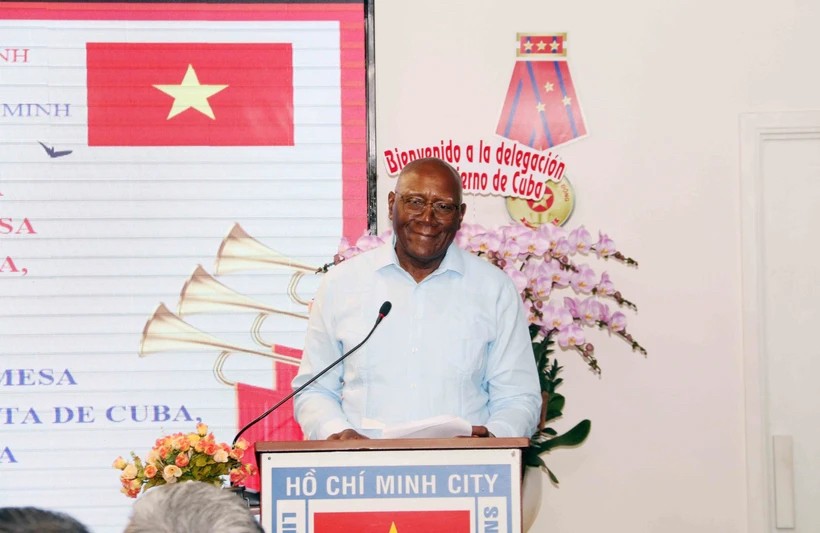 National
National
Vietnam News Today (Apr. 29): People-to-people Exchange Deepens Vietnam-Cuba Special Friendship
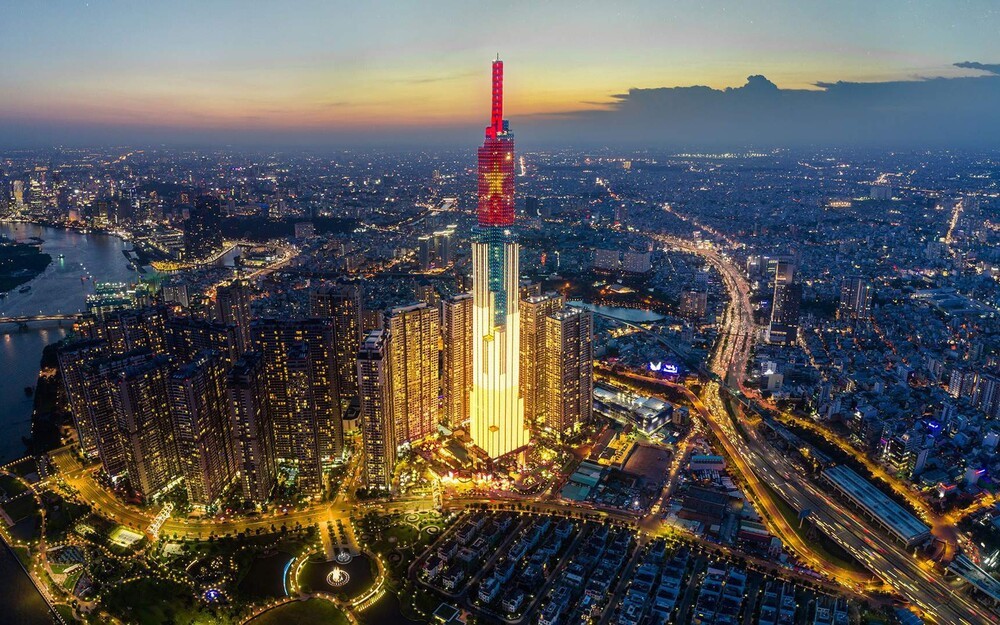 National
National
50 Years of National Reunification: Vietnam’s Spectacular Transformation
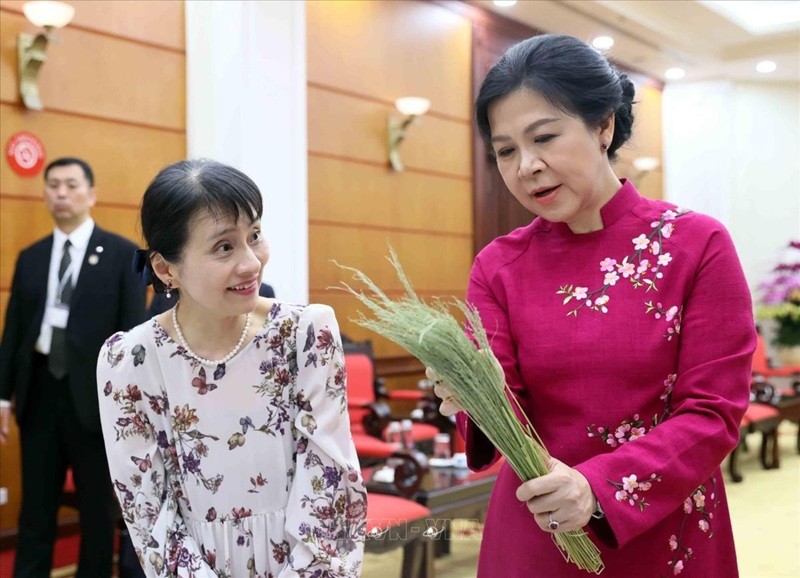 National
National
Spouses of Vietnamese, Japanese Leaders Engage in Making 'Banh Com'
 National
National
Vietnam News Today (Apr. 28): Vietnam–Japan Friendship Concert Celebrates Peace and Solidarity
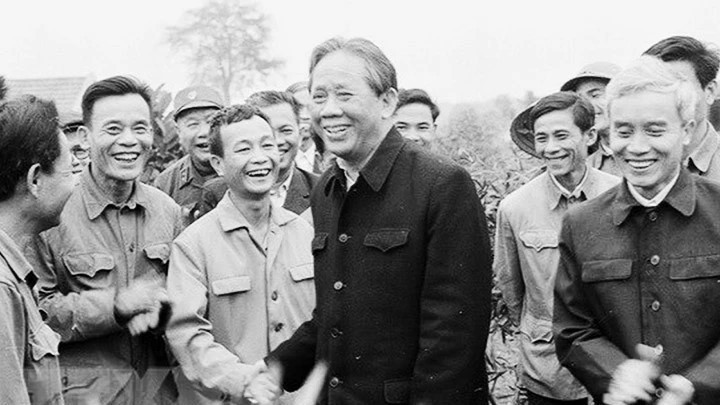 Focus
Focus
Letters That Carried Nation’s Destiny
 National
National
Vietnam News Today (Apr. 27): Vietnam’s 1975 Victory Hailed as Global Milestone in 20th Century
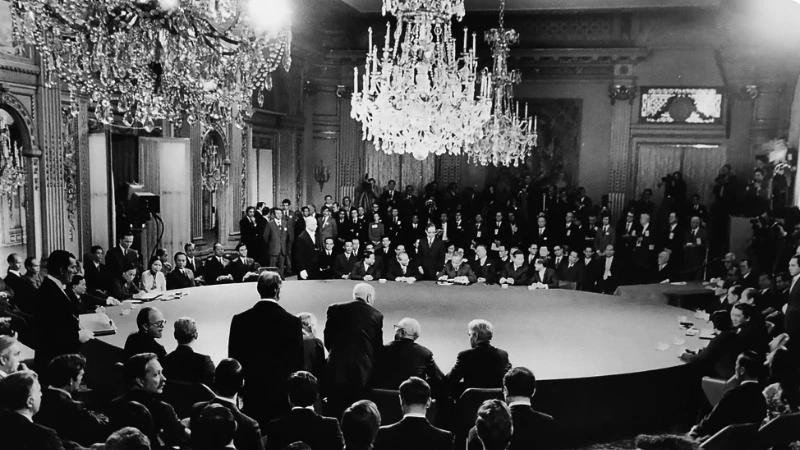 National
National
